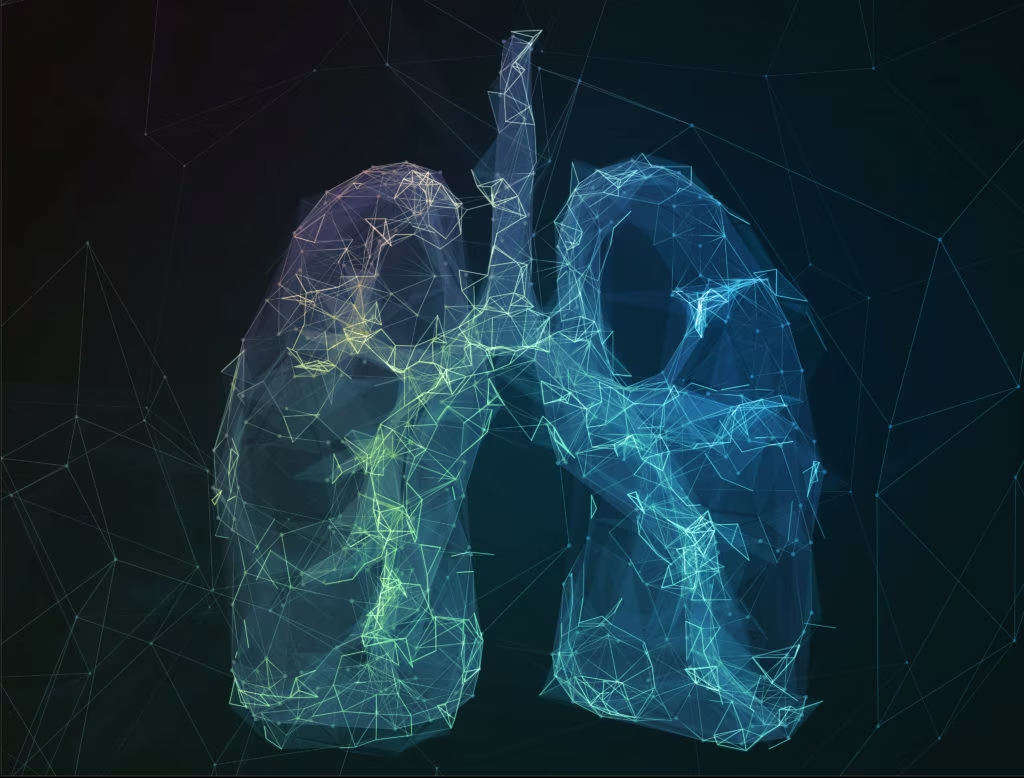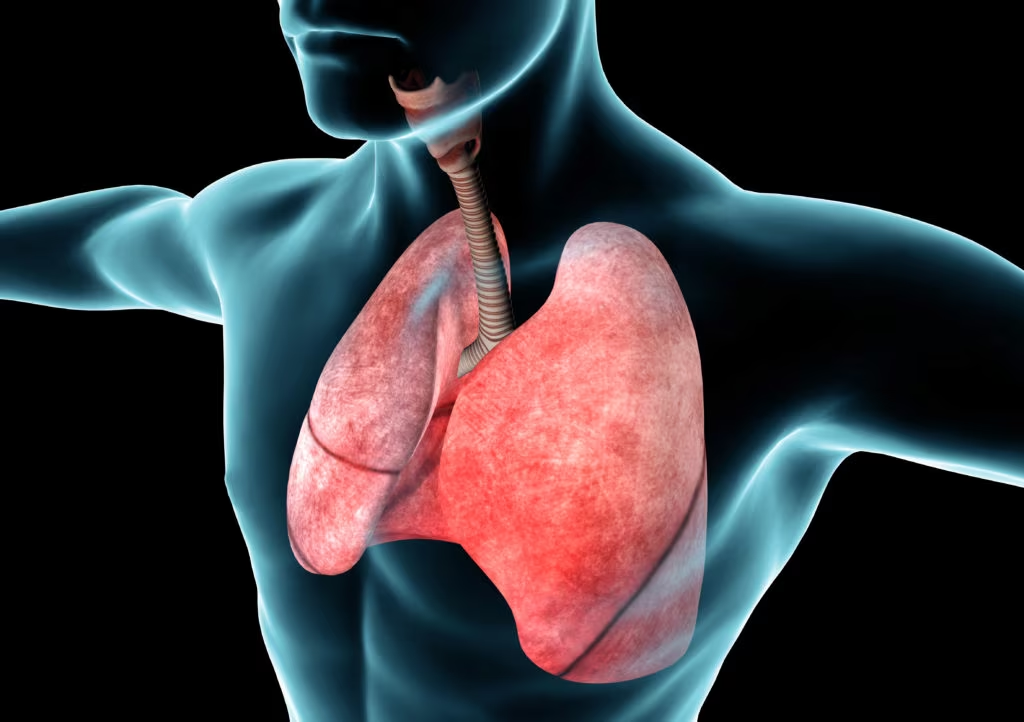Search Results
Showing Results for severe sleep apnea

As we observe World Lung Day, it is crucial to reflect on the escalating impact of respiratory diseases across the globe. Chronic respiratory diseases — including chronic obstructive pulmonary disease (COPD), asthma, lung cancer, pulmonary hypertension, obstructive sleep apnea, and others — continue to rank among the leading causes of morbidity and mortality worldwide. The World Health Organization’s latest data underscores the persistence of the global respiratory crisis:

The nasal airway serves as the primary entry point of air and oxygen into the body. It serves critical functions, such as providing a physical barrier against external irritants and pathogens and warming and humidifying incoming air.1 Consequently, disorders of ...

Paediatric sleep-disordered breathing Sleep-disordered breathing (SDB) is defined as the disruption of normal respiration and ventilation while asleep.1 SDB encompasses multiple sleep disturbances, ranging from mild snoring to obstructive sleep apnoea (OSA).1,2 OSA is characterized by episodic partial or complete ...

Obstructive sleep apnoea (OSA) is a widespread disorder that affects millions of individuals worldwide.1 It is characterized by repeated episodes of upper airway obstruction during sleep; these episodes can have several negative consequences, including daytime sleepiness, impaired quality of life ...

Welcome to the latest edition of touchREVIEWS in Respiratory & Pulmonary Diseases, which covers several hot topics in respiratory medicine, including asthma, chronic obstructive pulmonary disease (COPD), interstitial lung disease, bronchiectasis and the ever-present subject of Coronavirus Disease 2019 (COVID-19). The ...

Obstructive sleep apnoea (OSA) is characterized by recurrent upper airway obstruction precipitating variable degrees of recurrent desaturations, sleep fragmentation and increased autonomic stimulation. As the global burden of obesity continues to rise, so too has the prevalence of OSA.1 Although ...

Paediatric sleep-disordered breathing (SDB) refers to a spectrum of respiratory disorders with intermittent upper-airway obstruction and sleep disruption in children.1 SDB spans primary snoring, upper-airway resistance syndrome, obstructive hypoventilation and obstructive sleep apnoea (OSA), listed in order of increasing severity ...

We were delighted to talk with Professor Jan Hedner (The University of Gothenburg, Gothenburg, Sweden) around the rationale, and safety and efficacy findings of using sulthiame in moderate to severe obstructive sleep apnoea. The abstract ‘Safety and efficacy of sulthiame ...

Welcome to the latest edition of US Respiratory & Pulmonary Diseases, which aims to provide insightful and topical articles relevant to the everyday practice of busy physicians. COVID-19 continues to dominate headlines worldwide and is the focus of several of ...

Sleep disordered breathing in children comprises a spectrum of abnormal breathing patterns associated with increased airflow resistance and sleep disruption. Sleep disordered breathing is categorized by severity into primary snoring, upper airway resistance syndrome, and obstructive sleep apnea (OSA). Pediatric ...

Obesity hypoventilation syndrome (OHS) is defined as daytime hypercapnia (awake resting PaCO2 of ≥45 mmHg) in the setting of obesity (body mass index [BMI] ≥30 kg/m2). Most, if not all, patients have some sleep disordered breathing in the form of obstructive ...

Highlights Neuromuscular diseases exhibit a complex array of respiratory physiologic changes that typically progress over time. These physiologic changes can promote significant respiratory abnormalities during sleep, leading to decreased quality of life, significant daytime symptoms, and overall worse survival. ...

Alzheimer’s disease (AD), the most common type of dementia, afflicts approximately 5 million people in the US, and they tend to be over the age of 60 years. By 2050, this number is projected to increase by almost three-fold to 14 million people.1 ...

Welcome to the latest edition of US Respiratory & Pulmonary Diseases, which features a diverse range of articles reflecting the wide spectrum of respiratory disease. We begin with a focus on chronic obstructive pulmonary disease (COPD), the third leading cause ...

Pregnancy is associated with dynamic physiologic changes that may predispose women to the development, or worsening, of sleep disordered breathing. Such changes include upper airway narrowing and edema that are related to decreased oncotic pressure, the presence of estrogen receptors ...

Breathing problems during sleep commonly occur in children. Obstructive sleep apnoea (OSA) is the most common breathing-related problem that occurs during sleep and snoring is the main symptom. Habitual snoring, which is defined as snoring for more than three days ...

Adaptive servo-ventilation (ASV) is a non-invasive ventilatory therapy that provides variable inspiratory positive airway pressure (IPAP) to support inspiration when breathing amplitude is reduced, ensures sufficient respiration when respiratory effort is absent and provides fixed or variable end-expiratory PAP (EPAP) ...
Latest articles videos and clinical updates - straight to your inbox
Log into your Touch Account
Earn and track your CME credits on the go, save articles for later, and follow the latest congress coverage.
Register now for FREE Access
Register for free to hear about the latest expert-led education, peer-reviewed articles, conference highlights, and innovative CME activities.
Sign up with an Email
Or use a Social Account.
This Functionality is for
Members Only
Explore the latest in medical education and stay current in your field. Create a free account to track your learning.

